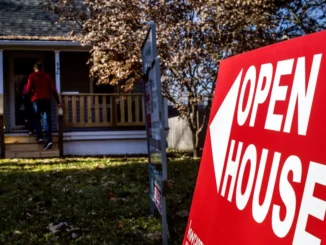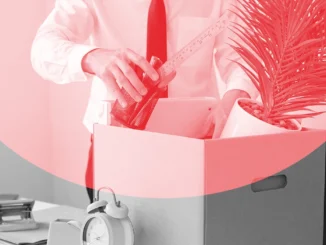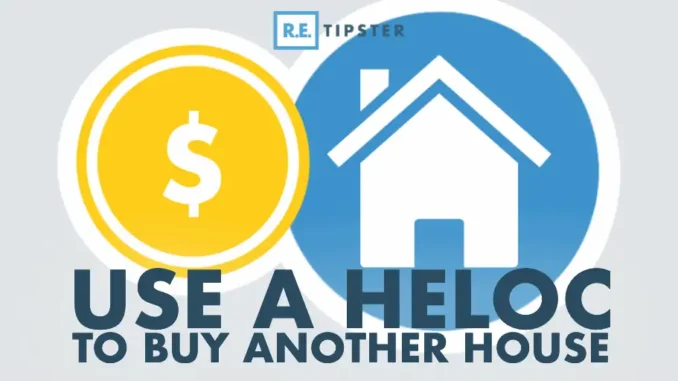
I hear investors ask all the time: “Can I use a home equity loan to buy another house?”
Fortunately, the answer is a resounding yes. And not just home equity loans, but also HELOCs, blanket mortgages, and even unsecured rotating credit lines.
Here’s how to invest in real estate by tapping your existing equity.
Home Equity Loans for Real Estate Investing
A home equity loan is a mortgage taken out on a property you already own, to pull out equity. Most people use it synonymously with “second mortgage,” although technically, it could be in the first lien position if you owned the property free and clear before borrowing.
Like all mortgages, the lender attaches a lien against your property. Then you make regular monthly payments as an installment loan until paying off the balance in full.
As a cash-out loan against the equity in your property, you can use the money however you see fit. That includes putting it toward a down payment on an investment property.
Note that most conventional mortgage lenders don’t allow you to borrow any part of the down payment. Portfolio lenders do typically allow you to borrow the down payment, however, so you use a portfolio lender to finance the first 70% to 80% of the purchase price and a home equity loan to finance the 20-30% down payment.
Home equity loans come with several downsides, however. First, lenders charge higher interest on second mortgages than on loans in the first lien position. As fixed installment loans, they also don’t allow any flexibility to repay at your own pace or to draw more money as needed.
HELOCs for Real Estate Investing

Many investors also wonder, “Can a HELOC be used to purchase a home?” As an alternative to a home equity loan, consider taking out a home equity line of credit (HELOC).
Similar to credit cards, HELOCs are rotating lines of credit that you can draw on as you wish. You pay them back at your own pace, paying interest on the remaining balance each month. But unlike credit cards, lenders secure HELOCs against your property with a lien.
You can take out HELOCs—or home equity loans, for that matter—against investment properties, not just your primary residence. As you pay down your rental property mortgages, you can take out HELOCs to keep tapping the equity repeatedly.
Many real estate investors use HELOCs to cover either down payments or renovation costs when flipping houses or using the BRRRR strategy. For example, you can take out a hard money loan to cover 70% to 80% of the purchase price and 100% of the renovation costs and use your HELOC to cover the 20% to 30% down payment. After selling or refinancing the property post-rehab, you get your down payment back and can pay off your HELOC. It’s a classic strategy for flipping houses with no money down.
Blanket Loans for Investment Properties
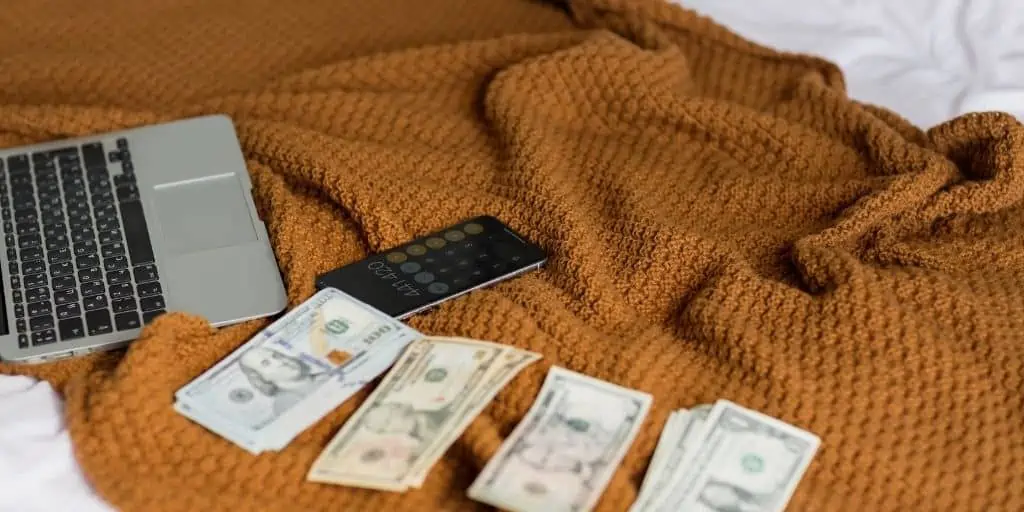
Rather than taking out a new mortgage or HELOC, you can instead offer a second property with equity up for collateral when taking out a purchase loan for a new rental property. That saves you thousands of dollars in closing costs for a separate settlement.
Say you have an existing property with plenty of equity in it. You buy a new property, and the lender approves you for an 80% LTV loan. Rather than put down 20% in cash, you offer up your existing property as additional collateral for the loan.
The lender gets two properties as collateral for one loan. They put the standard lien against your new property and a lien in the second position on your existing property (assuming you have a mortgage on it).
Of course, if you default, you lose both properties rather than just the one. Borrower beware.
Unsecured Business Credit
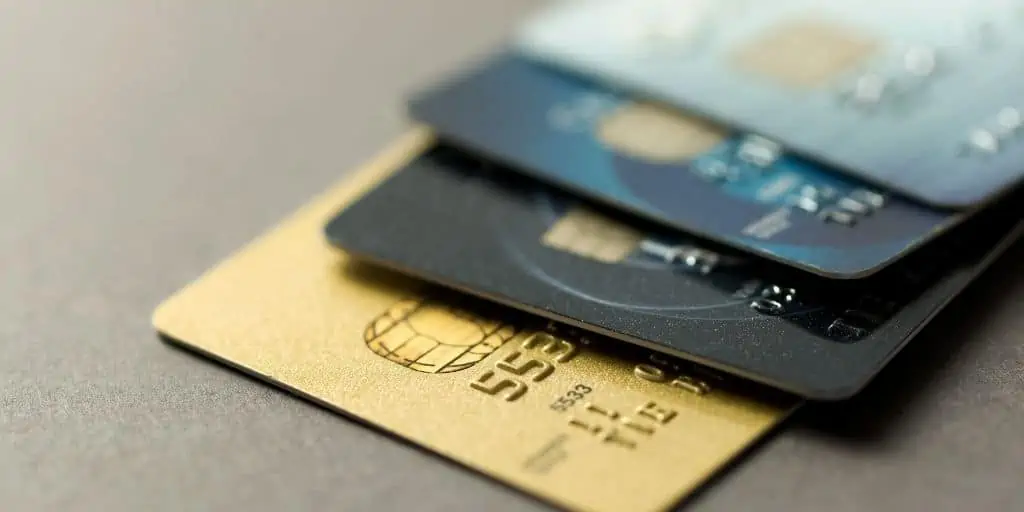
As another option to invest in real estate with no money down, you can open unsecured business credit cards and lines of credit.
You can use these the same way you use a HELOC—drawing on them for down payments on flips or BRRRR properties and paying them off once you sell or refinance.
On the upside, you avoid all the closing costs required to open a HELOC. You also don’t need any equity to open these credit lines and cards, and real estate investors qualify as being in business. But expect to pay higher interest rates on these cards and credit lines since they aren’t secured against real property.
Check out our review of Fund & Grow as a business credit concierge service that helps you open $100,000-$250,000 in unsecured business credit.
Final Thoughts
Real estate investors should think in terms of building a “financing toolkit” of lenders and borrowing options. The more options in your toolkit, the more creative you can get in funding real estate deals.
Just be careful not to overleverage yourself. Down payments don’t just protect the lender—they also reduce the risk of negative cash flow or becoming upside-down on a property. Always calculate your cash-on-cash return before buying any property, and use conservative estimates to avoid losing money rather than earning it.
Source: Retipster.com

